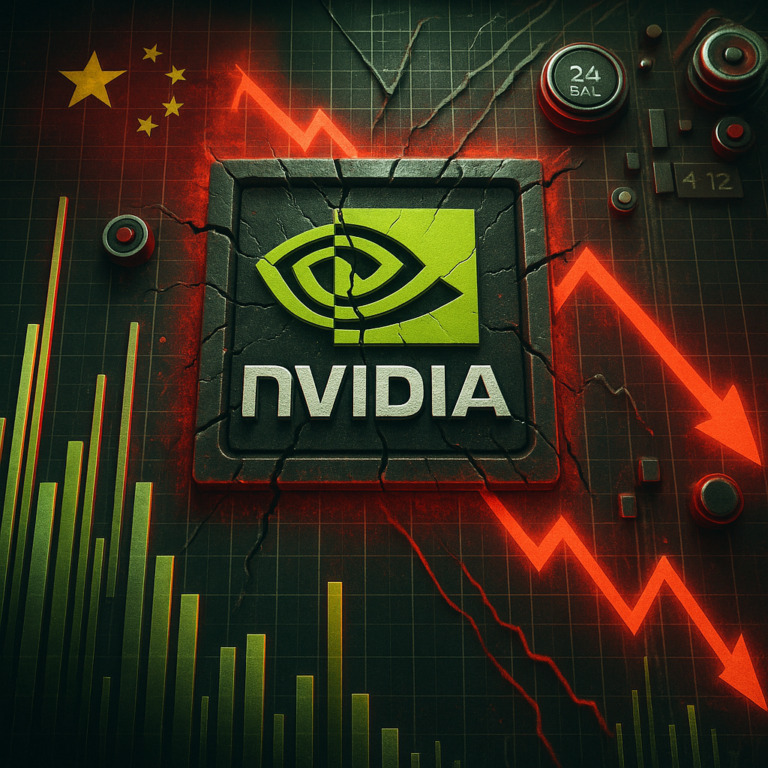China’s electric vehicle (EV) market has been the battleground for intense competition among manufacturers, resulting in a price war that has captivated industry observers worldwide. However, despite attempts to reach a truce and stabilize prices, recent events have highlighted the failure of these efforts. In this article, we delve into the factors that contributed to the collapse of China’s EV price war truce, examining its impact on the automotive industry and uncovering the reasons behind this setback.
- The Rise of the EV Price War:
China, being the world’s largest market for electric vehicles, witnessed fierce competition among automakers to capture a significant share of this lucrative industry. To attract consumers, manufacturers engaged in aggressive price reductions, triggering an all-out price war. As prices plummeted, the truce emerged as a potential solution to restore stability.
- The Promise of the Truce:
The truce in the EV price war aimed to address the challenges faced by manufacturers, including shrinking profit margins and oversupply concerns. Industry leaders believed that by collectively agreeing to stabilize prices, they could safeguard profitability while continuing to meet the growing demand for EVs.
- Factors Behind the Truce’s Failure:
a. Competitive Pressure: The cutthroat competition among EV manufacturers proved to be a significant obstacle to maintaining the truce. With each player striving to gain an edge, the temptation to lower prices and undercut competitors became too strong to resist.
b. Government Policy Changes: Shifts in government policies and incentives also disrupted the truce. Subsidy reductions, changes in emission regulations, and alterations to EV purchasing incentives created an uncertain environment for manufacturers, making it difficult to sustain the agreed-upon pricing framework.
c. Market Forces and Demand: Fluctuations in market demand and changing consumer preferences further strained the truce. As the EV market evolved and new players entered the scene, the dynamics shifted, leading to disruptions in price stability.
- Implications for the Automotive Industry:
The collapse of the truce in China’s EV price war has several implications for the automotive industry:
a. Profitability Concerns: The inability to maintain stable prices affects the profitability of manufacturers. With profit margins eroded, companies may face financial challenges, hindering their ability to invest in research and development, innovation, and expansion.
b. Consumer Confidence: The fluctuating prices resulting from the failed truce may lead to consumer confusion and skepticism. This could impact consumer trust in EV manufacturers and slow down the adoption of electric vehicles, affecting the industry’s overall growth.
c. Market Consolidation: The intense competition and failure of the truce may drive smaller manufacturers out of the market or force them into partnerships and mergers to survive. This could lead to market consolidation, with a few dominant players emerging and potentially limiting consumer choices.
- The Road Ahead:
To overcome the challenges posed by the failed truce in China’s EV price war, stakeholders must address the underlying issues that contributed to its collapse. This includes fostering collaboration among manufacturers, providing clearer government policies and incentives, and focusing on long-term strategies to ensure sustainable growth in the EV industry.
Conclusion:
China’s electric vehicle market has been marred by an unsuccessful attempt to establish a truce in the price war among manufacturers. The collapse of this truce has brought to light the complexities of the industry, including competitive pressures, government policy changes, and evolving market dynamics. As stakeholders work towards a more stable and sustainable future, it is crucial to learn from these challenges and develop strategies that foster growth, innovation, and collaboration within the electric vehicle ecosystem.












